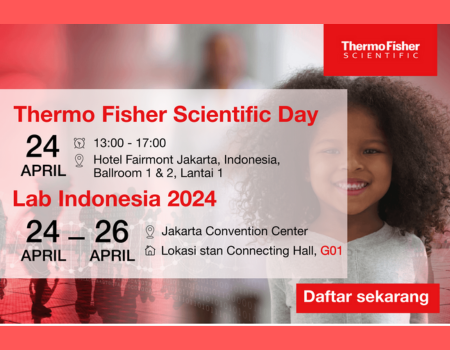Powerful Toxin Discharge Function of Nematocysts: A Novel Bionic Technology for Precise Drug Delivery?
Sea anemones, jellyfish, and other marine organisms belong to the phylum Cnidaria because of their nematocyst structure. The tentacles of these organisms are widely distributed with nematocysts, which consist of a pressurized capsule containing a coiled harpoon-like thread. These structures are in turn built within specialized cells known as nematocytes. In case of attack, defense, or predation, nematocytes will be triggered and a high-pressure mechanism will be activated to eject the harpoon-like threads from nematocysts and fire neurotoxins at the target in a short period of time.
In a recent study published in Nature Communications, the team from Stowers Institute for Medical Research has proposed a biomechanical principle that allows the rapid delivery of neurotoxins from nematocytes using osmotically generated pressure and stimulation by electrical discharge, which may have the potential to be applied for precise drug delivery in trace amounts in living organisms.
Related Article: 3D Printing Creates Tactile Artificial Fingers Resembled to Real Human Fingers – GeneOnline News
The Most Powerful Cellular Shooter in Nature
Previous studies have shown that the operation of nematocysts is driven by the accumulation of intracellular osmotic pressure, which allows the spiral threads inside the nematocysts to eject like a strong spring and attack the target. At cellular level, the discharge of toxin by nematocysts is one of the fastest mechanical processes in nature, and the discharge of venom by hydra nematocysts is known to be completed in less than three milliseconds.
Due to the structural complexity of the thread and the extreme speed of discharge, the detailed biomechanical principles of nematocyst firing have remained elusive.
Biomechanical Principles of the Nematocyst Action
For understanding the action of sea anemone nematocysts, the team used 3D electron microscopy to observe the stained nematocysts and combined with gene knockout technique to investigate the functional parts of the nematocyst sub-structure that are involved in storing elastic energy from osmotic pressure to initiate targeting and delivery of poison to the target.
The results showed that the firing process of nematocyst firing can be divided into three different stages. The first stage is the rapid influx of water into the pressurized capsules of nematocysts, generating pressure osmotically. In the second stage, the spiral threads are ejected from the cells to form a harpoon-like triple helical structure with neurotoxin in the middle. In the final stage, the triple helical structure punctures the target and rapidly elongates by turning inside out in a process called eversion, followed by the rapid delivery of neurotoxin to the target.
The study analyzed in detail the biomechanical principles of nematocyst action and the process of intracellular energy conversion. The research team suggests that there are opportunities for bionic design applications in biomedical fields, such as miniature drug delivery devices or implantable medical devices, where a single cell can be used as the basic unit of operation to function more precisely and effectively.
Written by Kathy
Translated by Richard Chau










